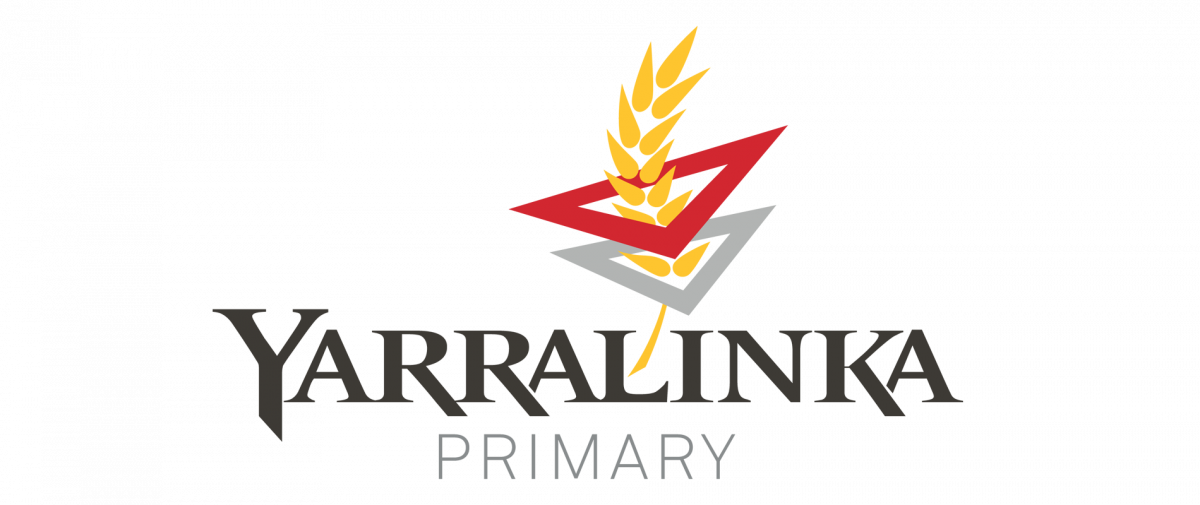School Name
Yarralinka Primary School takes its name from the road it is located on, Yarralinka Road. ‘Yarralinka’ is a type of disease-resistant wheat that was developed in Australia in the early 1990s, and the name reflects the agricultural activities that occurred in the area in the past. Yarralinka Primary School was the name that received the highest number of votes in our community surveys.

School Logo
Our school’s steering committee were involved in our school logo design, which reflects both the vision and the uniqueness of Yarralinka Primary School.
- Wheat - The wheat represents Yarralinka wheat, reflecting the road which the school takes its name from and the past agricultural practices that occurred in the area. The curve in the wheat reflects the school’s vision of every child being on their pathway to success and has been positioned in the middle of the word “Yarralinka” to represent the growth of the whole-child as they undertake their education at our school.
- Triangles - The grey triangle represents the child and the red triangle our community (families, staff, wider community). The red triangle has been placed over the grey triangle to represent the school’s vision of the community overseeing and helping our children to grow. Having the wheat go through the triangles reinforces our vision of every child being on their pathway to success.
- Yarralinka text - A strong bold text has been used for the word "Yarralinka". This style of text represents the uniqueness of our school and the resilient, strong, well- rounded students that we are seeking to develop through our focus on the whole-child.
School Colours
The primary colours of Yarralinka Primary School are red and charcoal (dark grey). These were selected, in consultation with our steering committee, to reflect our local environment.
Red represents the flora and fauna of the local area (i.e. bottlebrush and eremaea plants, red-tailed cockatoo, red-capped robins).
Charcoal represents the earth/ soil which is important for our local plants/ environment to flourish. The colour charcoal is also reflected in our external brickwork.
We also have a secondary colour that is used which is yellow and this represents 'Yarralinka' wheat.